Satyajit Ray
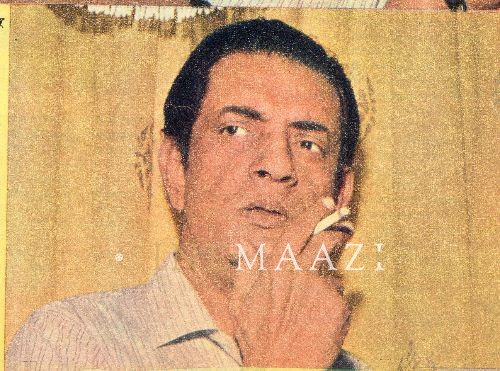
Subscribe to read full article
This section is for paid subscribers only. Our subscription is only $37/- for one full year.
You get unlimited access to all paid section and features on the website with this subscription.
Not ready for a full subscription?
You can access this article for $2 , and have it saved to your account for one year.
- Born: 02/05/1921 (Calcutta, Bengal Presidency)
- Died: 23/04/1992 (Calcutta, West Bengal)
- Primary Cinema: Bengali
- Parents: Sukumar Ray, Suprabha Ray
- Spouse: Bijoya Ray
- Children: Sandip Ray
Indian cinema is often thought to have two moments of genesis in its history. The first is considered to be Dadasaheb Phalke’s Raja Harishchandra (1913), the first Indian feature film to be made. The second is often stated to be the moment of ‘rebirth’, when the world woke up to the brilliance of Indian cinema through Satyajit Ray’s Pather Panchali (1955). Significant as the film is, it is only the tip of the iceberg when we talk of the career of one of the greatest filmmakers of Indian cinema.
Born in an illustrious zamindar family, Ray inherited a rich cultural heritage from his grandfather Upendrakishore Ray and father Sukumar Ray, both of whom were celebrated writers and illustrators. After his father’s death when he was only three, his mother Suprabha’s hard work saw the family through a difficult time. Although he completed his education in economics from Presidency College his interest always lay in the arts. He trained as an illustrator from Visva Bharati University at Shantiniketan. After finishing his training Ray worked for some time in advertising agencies. During this time he became familiar with Bibhutibhushan Bandyopadhyay’s book Pather Panchali which left an indelible mark on him.
Ray played an important role in the Film Society Movement by establishing the Calcutta Film Society, an initiative by students, writers and intellectuals disillusioned with popular cinema’s mode of filmmaking. The movement served as a nurturing ground for many young filmmakers and writers. In 1950 he was sent to London to work at the headquarters of D. J. Keymar. During this time he saw a number of European films, among which the neorealist films of Vittorio De Sica particularly influenced him.
He made his first film Pather Panchali based on the Bibhutibhishan novel. Due to difficulties in finding funding, the film took a long time to finish. It was ultimately released in 1955 to widespread acclaim. Over time, the film has been recognised as an important landmark for realist cinema in India as well as becoming nearly synonymous with Indian cinema in international circuits. The film went on to win the first Best Human Document award at the Cannes Film Festival. His follow up film, Aparajito (1956) also won international awards including the prestigious Golden Lion at the Venice Film Festival. Chronicling the life of Apu and tackling the theme of a clash between older ways of living and modernity, he finished the trilogy with Apur Sansar (1959). The film also introduced two major stars, Soumitra Chatterjee and Sharmila Tagore.
Ray’s subsequent film career displayed his mastery over a wide variety of film genres, extending beyond the realist drama to include detective films and musical fantasies. His skill in adapting literary works into cinema comprised some of his richest filmic compositions including Teen Kanya (1961), Charulata (1964), Mahapurush (1965), Pratidwandi (1970), Ghare Baire (1984) and Ganashatru (1990). Madhabi Mukherjee’s iconic performance in Charulata is still etched in public memory. While often criticised by the younger generation of filmmakers for not taking a committed political stance in his films, his films contain a nuanced critique of various aspects of society. He commented on the plight of women in a superstitious society in Devi (1960), moral corruption and alienation in his Calcutta trilogy of Pratidwandi (1970), Seemabaddha (1971) and Jana Aranya (1975) and capitalist exploitation of religious sentiments in Ganashatru (1990). His film Aranyer Din Ratri (1970) still remains one of the most scathing critiques of the privileged Bengali middle class. His popular musicals Goopy Gyne Bagha Byne (1968) and Hirak Rajar Deshe (1969) were allegories containing allusions to the Emergency period. He made only two films in Hindi, Shatranj ke Khilari (1977) and Sadgati (1981). Shatranj Ke Khilari was his most lavish production starring Sanjeev Kumar, Shabana Azmi, Saeed Jaffrey and Amjad Khan. His forays into the popular film forms included adaptations of his own Feluda stories into two successful films – Sonar Kella (1974) and Joi Baba Felunath (1978).
He was known for working with a particular group of technicians in his films. Subrata Mitra shot the majority of his films during which he made important innovations to lighting techniques. Bansi Chandragupta made his debut with Pather Panchali as an art director and earned acclaim for his nuanced work in his films. His collaborations with the biggest Bengali star of the time, Uttam Kumar, earned effusive praise. Nayak (1966) starring Uttam Kumar and Sharmila Tagore is hailed as a masterpiece which won the Critics’ Prize at the Berlin International Film Festival. Stalwarts like Utpal Dutt, Madhabi Mukherjee and Rabi Ghosh also made multiple films with him. Soumitra Chatterjee was the most prolific of his actors, appearing in 14 of his films.
Throughout his filmic career he demonstrated a commitment to humanist ideals, which likened his style to Japanese maestro Akira Kurosawa. Richly detailed, psychologically profound yet musically poetic, his narratives proved to be hugely influential to the realist cinema movement. Ray’s tremendous international recognition and domestic success made him a Bengali cultural icon on par with Rabindranath Tagore.
A true renaissance man, he was an accomplished writer, illustrator and composer as well. Other than his own films he also wrote scripts and composed music for a number of films. He wrote scripts for Harisadhan Dasgupta’s documentaries The Story of Steel (1956) and Quest for Health (1967). He also composed music for films like Shakespeare Wallah (1965), Phatikchand (1983) and Goopy Bagha Phire Elo (1991). He was honoured with as many as 32 National Awards during his lifetime, as well as awards from prestigious film festivals like Berlin International Film Festival and Moscow International Film Festivals. The Academy of Motion Picture Arts and Sciences honoured him with a ‘Lifetime Achievement Academy Award’ in 1992.
Ray is still one of the most recognised figures from Indian cinema internationally, with his films becoming part of the curriculum of film schools worldwide. His body of work remains unparalleled in the annals of Indian cinema in terms for its consistently challenging nature and importance.
-
Filmography (27)
SortRole
-
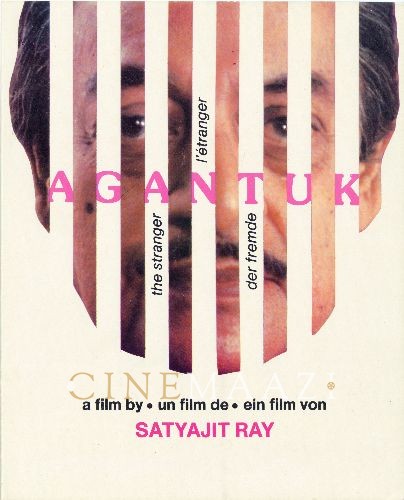
Agantuk 1991
-
Ganashatru 1990
-
Ghare Baire 1984
-
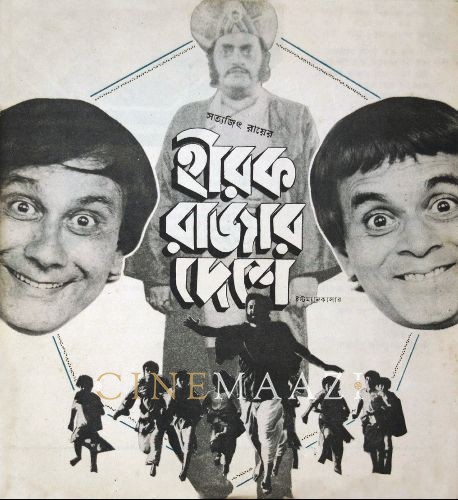
Hirok Rajar Deshe 1980
-
Hirak Rajar Deshe 1980
-

Shatranj Ke Khilari 1977
-
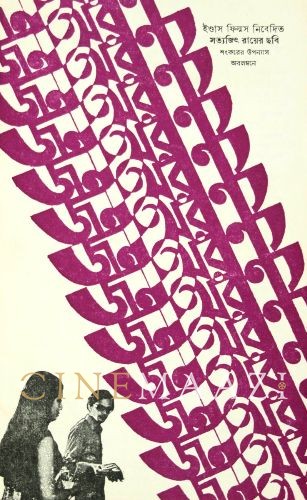
Jana Aranya 1976
-
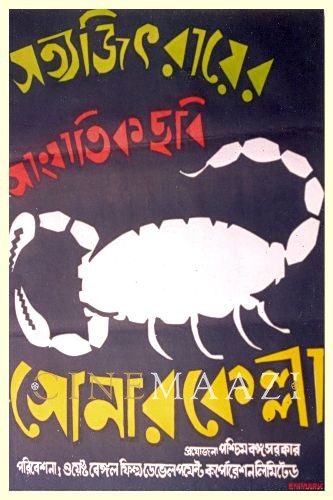
Sonar Kella 1974
-
Ashani Sanket 1973
-
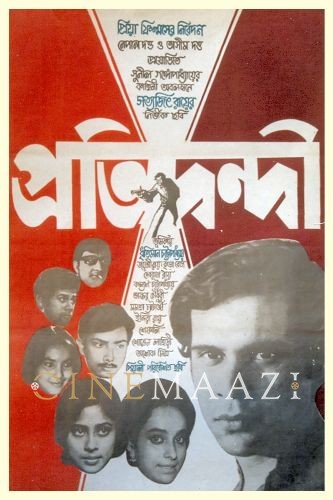
Pratidwandi 1970
-
-
Awards (8)

National Film Awards, 1967
Best Feature Film in Bengali: Nayak (1966)
Bodil Award, 1967
Best Non-European Film: Nayak (1966)
Berlin International Film Festival, 1966
Special Jury Award: Nayak (1966)
Critics' Prize: Nayak (1966)
Karlovy Vary Film Festival, 1976
Karlovy Vary Prize: Jana Aranya (1976)
Government of West Bengal, 1975
Best Director Award: Jana Aranya (1976)
Best Screenplay: Jana Aranya (1976)
Best Film: Jana Aranya (1976)



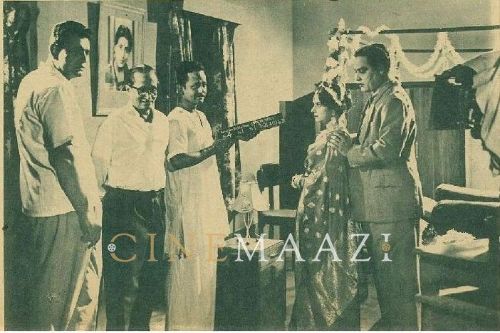
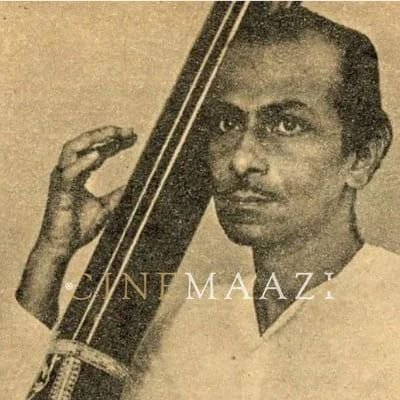
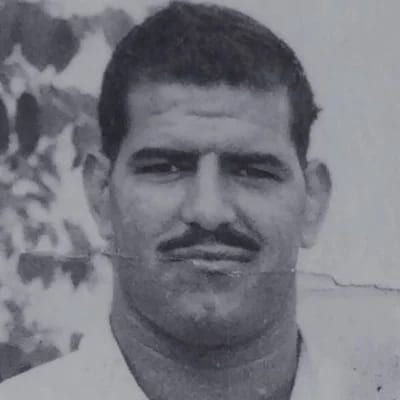


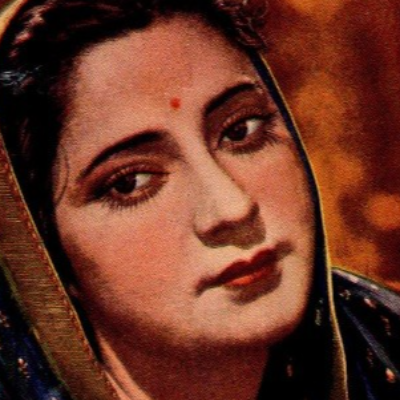
.jpg)




